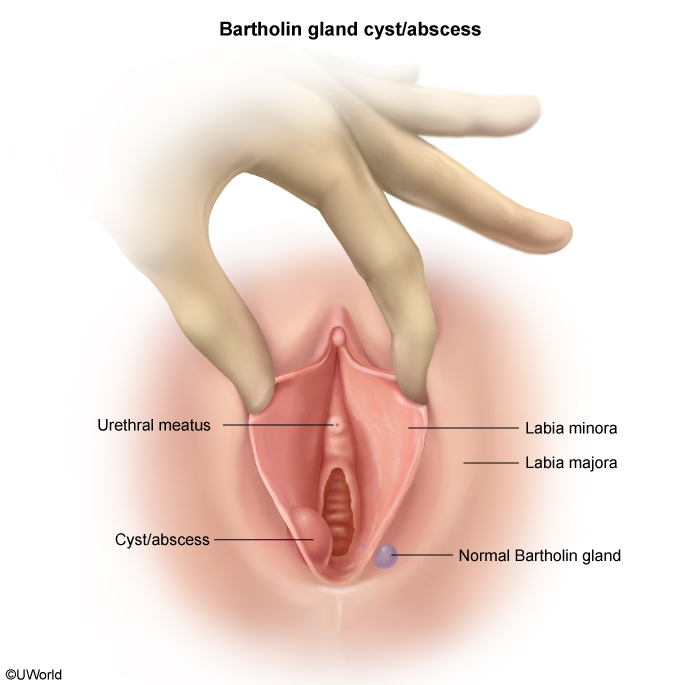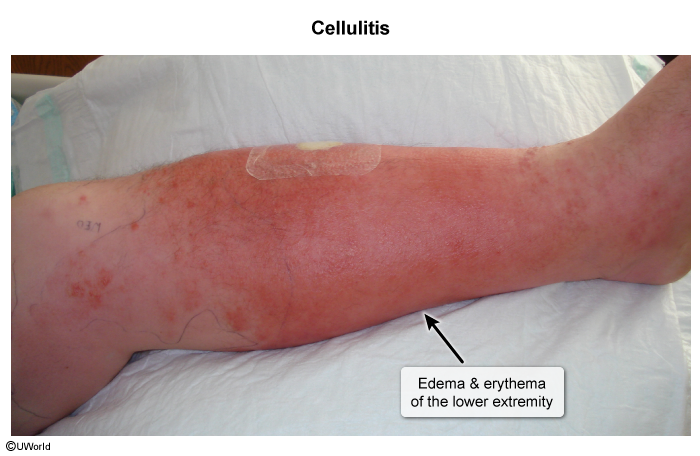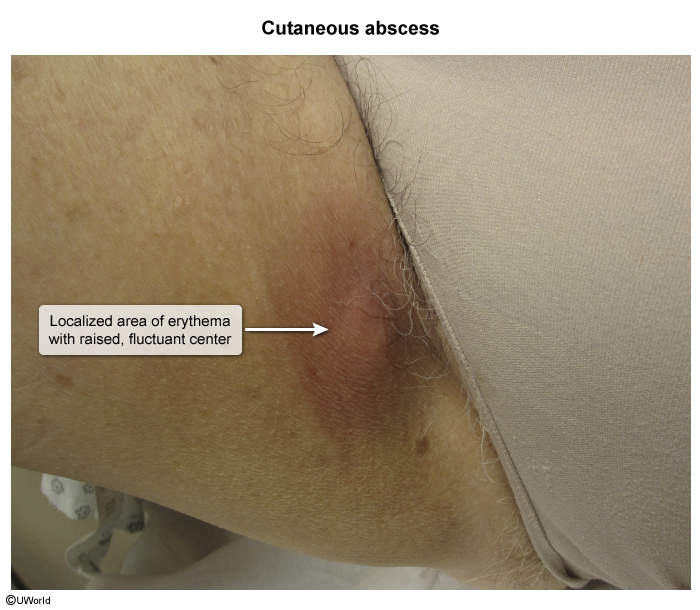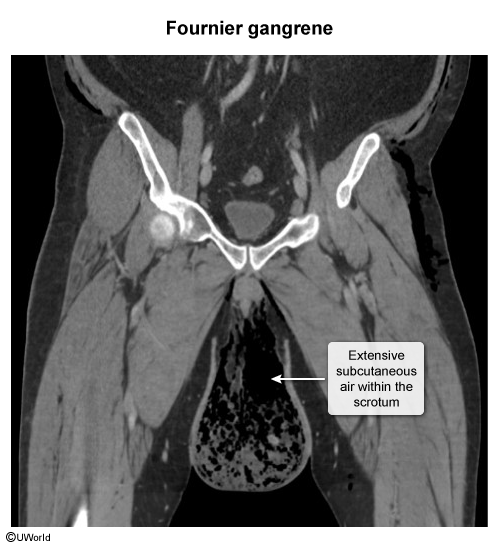Fournier Gangrene
Article Sections
Introduction
Fournier gangrene is a life-threatening, rapidly-spreading form of necrotizing fasciitis that involves the perineal, perianal, and genital areas. It is typically a polymicrobial infection that spreads quickly along fascial planes and causes ischemia and necrosis of the soft tissues; it can quickly lead to sepsis and death without intervention. Presenting symptoms include severe perineal/genital pain out of proportion to examination. Fever, crepitus, bullae, and hypotension develop as the infection progresses. Treatment includes immediate surgical intervention for debridement of gangrenous tissue and broad-spectrum antibiotics.
Risk factors
Risk factors for Fournier gangrene include:
- Diabetes mellitus
- Peripheral vascular disease
- Obesity
- Immunosuppression
- Male sex (10:1 male-to-female ratio)
- Age >50
- Alcohol dependence
- Genitourinary tract infection (eg, perirectal abscess)
- Perineal trauma or surgery (eg, prostate biopsy)
Continue Learning with UWorld
Get the full Fournier Gangrene article plus rich visuals, real-world cases, and in-depth insights from medical experts, all available through the UWorld Medical Library.
Figures

Images


